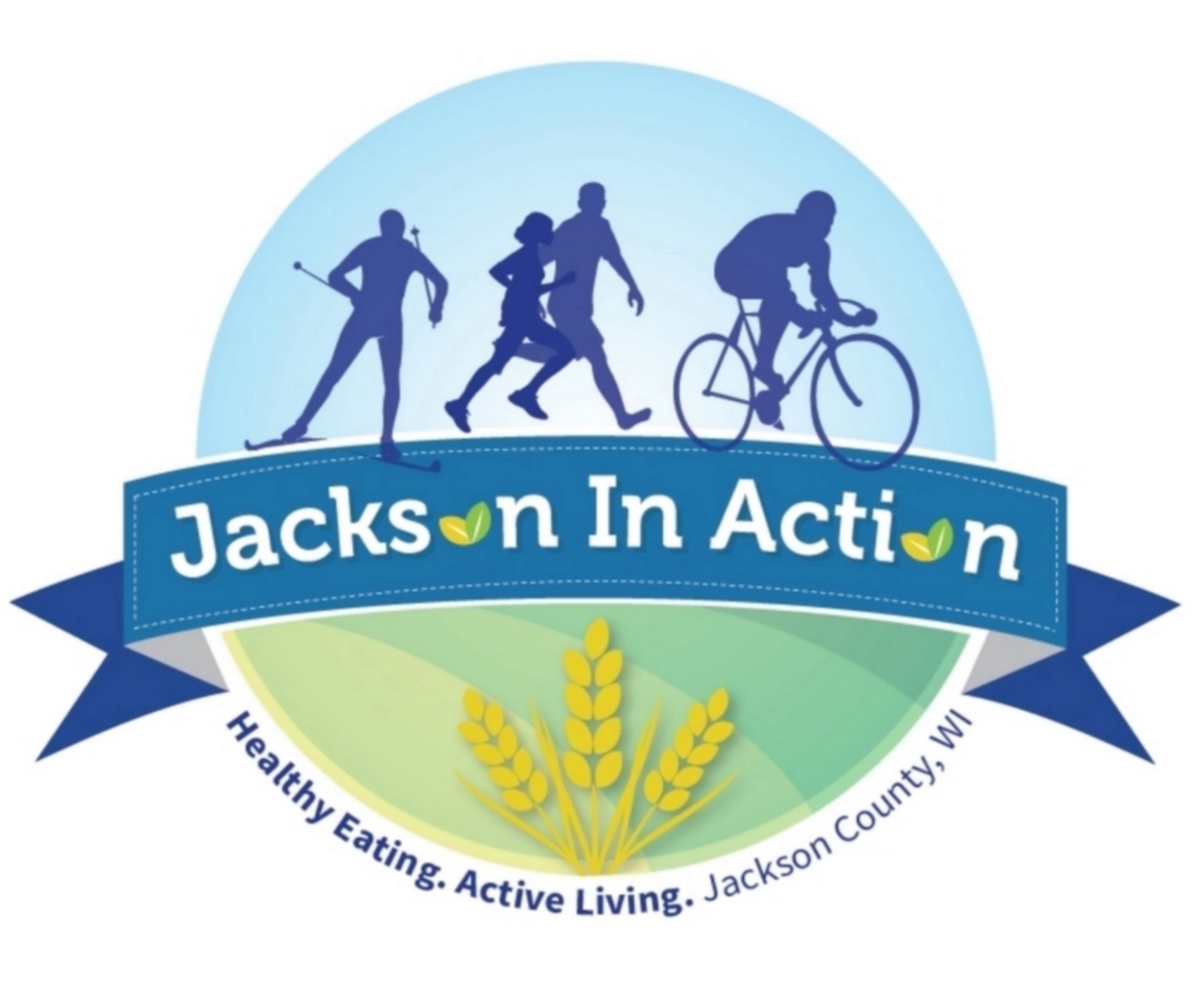Exercising in the Heat
By Kathleen Clemons, Exercise Physiologist, Diabetes Educator, Wellness Coach
Member, Jackson in Action Healthy Living Coalition
Exercising in the heat can be dangerous and it’s a good practice to avoid the heat of the day. Try the early morning or late evening or join a local gym and take advantage of the air conditioned environment. Children and the elderly are especially susceptible to heat problems.
Sometimes people need to train in the heat to get ready for an event. In this situation, plan ahead well in advance and do some hot weather training. Avoid waiting until a couple days before your event to start. It takes about 10 to 14 days of exercising in the heat for adaptations to occur. Some of the benefits of training in the heat include your body sweating sooner and producing a more dilute sweat – meaning you don’t lose as much salt and potassium in your sweat.
Sweating is an important part of your body cooling itself in hot conditions. When sweat reaches your skin, it is converted from a liquid to a vapor by heat from the skin. Our bodies will be cooled if sweat evaporates from the skin. Evaporation accounts for about 20% of heat loss at rest and 80% during exercise. At a humidity of 75%, evaporation almost stops and this can make you susceptible to heat problems. A number I learned long ago in my Environmental Exercise Physiology class was 150 – if the temperature and the humidity added up to 150, it could pose a dangerous situation for activity. Ex: temperature is 80, humidity is 70 = a potential dangerous situation. This is also why it is so important to wear clothes that let your sweat evaporate. If you wear a rubber suit because you think it will help you lose weight (it will not), you are not allowing sweat to evaporate and this can cause the body to overheat and can be a fatal mistake.
If you are going to train in the heat, it is important to train somewhere that you can get yourself cooled off quickly. For example, when a group of us were training for the Great River Ragnar Relay (always hot!), we ran on the Foundation Trail in Black River Falls. We parked and started at the river. We could then stop at the Chamber for water. Heading up the trail we could then stop at Skyline if needed or at the Lunda Park for water and cooling down. Finally, we could have stopped at the Pines if needed when heading back down to the river. Finishing at the river allowed us to be able to jump into the water to cool down.
Hydration is always important. Salt tabs were used a lot when I was a kid but for the most part they are not the best choice. They give your body too much salt and it takes a lot of water to dilute the salt. A better choice would be something like a sports drink. For the most part water is just fine, but if you are exercising for 60 minutes or more or are a person who sweats a lot, then try a sports drink. In many cases those may need to be diluted also as the sugar can cause stomach upset. Everyone responds differently so do what is right for you. A good way to check for hydration is to look at the color of your urine. Pale urine indicates adequate hydration but the darker yellow / brown the urine is, the greater the degree of dehydration.
It is very important to be aware of the type of heat problems that can occur, the signs and symptoms and what do to. They are listed below:
1. Heatstroke – Symptoms include disorientation, dizziness, irrational behavior, headache, nausea, vomiting, hyperventilation, wet skin but in some cases, sweating stops. This is a medical emergency. Get this person cooled off and either call 911 or transport to the hospital.
2. Heat Exhaustion – Symptoms include low blood pressure, elevated heart rate and breathing, skin is wet and pale, headache, weakness, dizziness, decreased muscle coordination, chills, nausea, vomiting or diarrhea. If not treated, can lead to heatstroke. Get this person cooled off and transport to the hospital if needed.
3. Heat syncope – Symptoms include slow heart rate and breathing rate, pale skin, may experience sensations of weakness, tunnel vision, vertigo or nausea. Get to a cool environment, drink fluids with electrolytes.
4. Heat cramps – Symptoms start as localized, wandering spasms that may progress to debilitating cramps. Get to a cool environment, drink fluids with electrolytes.
Keep your summer a safe one. Be aware of the weather and pay attention to what your body is telling you. It knows better than us.
Upcoming events:
- Sparta Fun Triathlon and 5K Route - Saturday Aug. 8 www.spartaparks.com
- Saturday, August 22, 2015 County 4-H Clover Chase- Merrillan ½ Marathon, 5 K Race, 3 Mile Fun Run/ Walk, Kids ½ mile race http://jc4hcloverchase.weebly.com/

